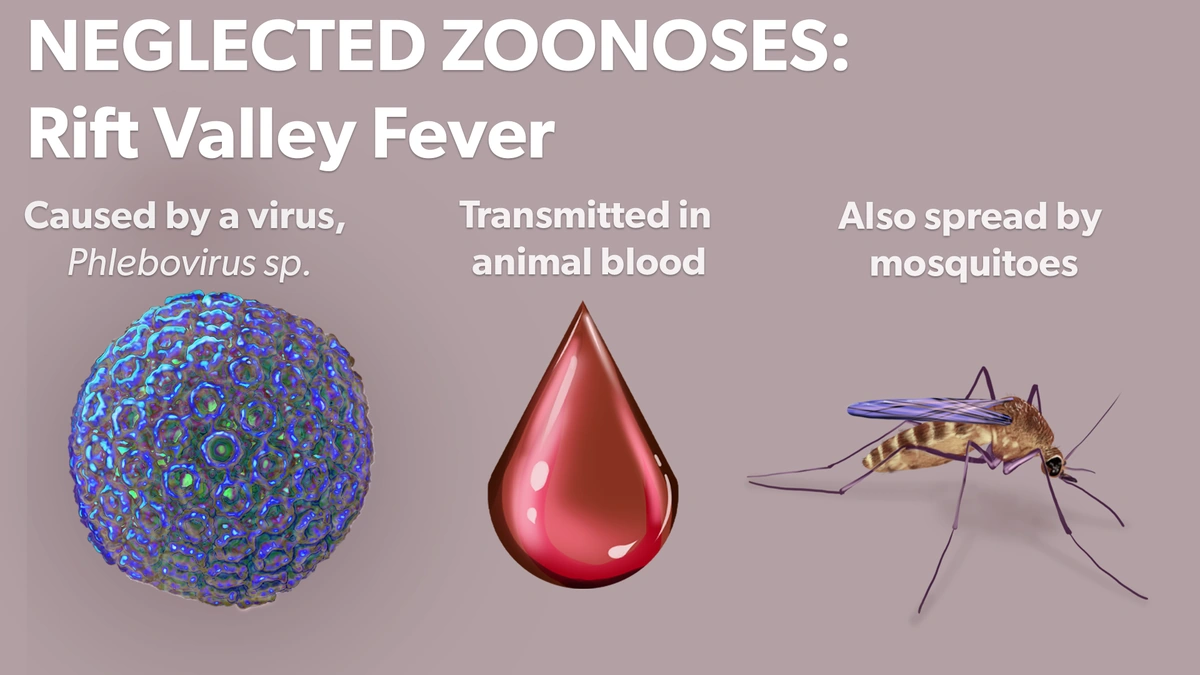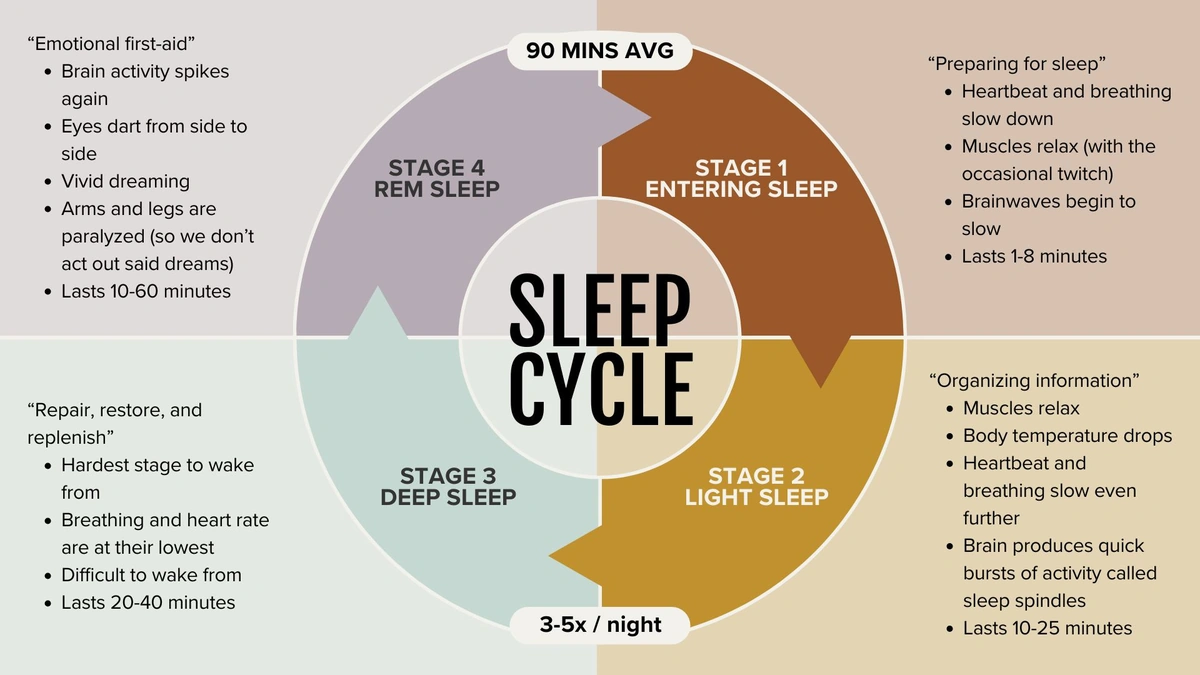Sound Waves | A Non-Surgical Cancer Solution
Imagine a world where the fight against cancer treatment doesn’t always involve scalpels, chemotherapy, or radiation. Sounds like science fiction, right? But here’s the thing: it’s not. Focused ultrasound, using sound waves, is emerging as a potentially revolutionary approach to treating certain types of cancer. This isn’t about blasting tumors with just any old sound; it’s about precision, targeting, and, potentially, far fewer side effects. Let’s dive into the world of sound waves and see how they’re shaking up cancer treatment.
What Exactly is Focused Ultrasound?

Think of it like using a magnifying glass to focus sunlight onto a single point. Only, instead of sunlight, we’re talking about ultrasound waves. High-intensity focused ultrasound (HIFU) directs beams of sound energy precisely at the tumor. These beams converge, creating intense heat – enough to destroy the cancerous cells. The surrounding healthy tissue? Spared. What fascinates me is the pinpoint accuracy involved. It’s like keyhole surgery, but without the incisions. Other non-invasive cancer treatments include things like immunotherapy, but none are quite so targeted at the cancer tumor directly.
The “Why” Angle | Why This Matters to You, Especially in India
Okay, so we know what it is, but why should you care? Especially if you’re in India? Well, several reasons. Cancer rates are unfortunately on the rise in India, and access to advanced treatment options can be a challenge, especially in rural areas. HIFU offers a potentially more accessible and affordable alternative to traditional methods. According to a study published in The Lancet , the incidence of cancer in India is projected to increase significantly in the coming years, underscoring the need for innovative treatment strategies. But it’s not just about accessibility; it’s also about quality of life. Traditional treatments can be brutal, leaving patients weak and vulnerable. HIFU, with its non-invasive nature, potentially offers a gentler approach, minimizing side effects and allowing patients to recover faster. A common misconception I have seen is that this technology is new, but it’s been under research for many years now.
Types of Cancers That Can Potentially Be Treated with Sound Waves
Now, let’s be clear: HIFU isn’t a magic bullet. It’s not a cure-all for every type of cancer. But it’s showing promise in treating several types, including:
- Prostate Cancer: This is one of the most well-researched applications of HIFU.
- Kidney Cancer: Early studies suggest HIFU can be effective for certain kidney tumors.
- Liver Cancer: HIFU is being explored as an option for patients with liver tumors that are difficult to reach with surgery.
- Bone Cancer: For painful bone metastases, HIFU can provide relief.
And researchers are constantly exploring its potential for other types of cancer as well. It’s all about finding the right application for this technology. Keep an eye on these things. For example, cough syrup quality is a major issue to be aware of.
The “How” Angle | Understanding the Process
So, how does the whole thing work? Let’s break it down:
- Imaging: First, doctors use imaging techniques like MRI or ultrasound to pinpoint the exact location and size of the tumor.
- Planning: Based on the images, they create a detailed treatment plan, mapping out precisely where the sound waves need to be focused.
- Treatment: During the procedure, the patient lies on a special table, and the HIFU device is positioned to target the tumor. Ultrasound waves are then delivered in short bursts, heating and destroying the cancerous cells.
- Monitoring: Throughout the procedure, doctors monitor the temperature and position of the targeted area to ensure accuracy and minimize damage to surrounding tissue.
The whole process can take anywhere from a few minutes to a few hours, depending on the size and location of the tumor. What fascinates me about the monitoring is how real time it is; doctors can literally adjust the focus on the fly. Many Indian hospitals are beginning to adopt these methods to help with cancer management . A common mistake I see people make is they don’t seek a second opinion. You can also be aware about the cough syrup quality .
What to Expect After the Procedure
Recovery from HIFU is generally much faster than with traditional surgery. Most patients can go home the same day or the next day. Side effects are typically mild and may include some pain, swelling, or bruising in the treated area. But here’s the kicker: many patients report a significant improvement in their quality of life shortly after the procedure. They’re able to return to their normal activities sooner, with less pain and fewer complications. Let me rephrase that for clarity: it’s not just about living longer; it’s about living better. According to reports from the National Cancer Institute (cancer.gov) , early studies indicate significant improvements in patient-reported outcomes following HIFU treatment compared to traditional methods. The one thing you absolutely must ask your doctor is about the long-term effects.
The Future of Sound Wave Therapy
While HIFU is still a relatively new technology, it’s rapidly evolving. Researchers are exploring new ways to enhance its effectiveness, such as combining it with chemotherapy or immunotherapy. They’re also developing more sophisticated imaging techniques to improve targeting and monitoring. What’s really exciting is the potential to personalize HIFU treatment, tailoring it to the specific characteristics of each patient’s tumor. As technology advances, we can expect to see HIFU playing an increasingly important role in the fight against cancer. This includes more research on how to provide the best cancer care using these technologies. As per a report in The Indian Journal of Medical Research, more Indian trials are underway for soundwave cancer treatments.
FAQ Section
Frequently Asked Questions
Is HIFU painful?
Most patients report only mild discomfort during the procedure.
How long does it take to recover from HIFU?
Recovery is typically rapid, with most patients returning to normal activities within a few days.
Is HIFU covered by insurance in India?
Coverage varies, so it’s essential to check with your insurance provider.
What are the potential side effects of HIFU?
Side effects are usually mild and may include pain, swelling, or bruising.
How effective is HIFU for treating cancer?
Effectiveness depends on the type and stage of cancer, but HIFU has shown promising results in many cases.
Are there any risks associated with HIFU?
As with any medical procedure, there are potential risks, but they are generally low.
So, there you have it – a glimpse into the fascinating world of sound wave cancer treatment. It’s not a replacement for all traditional methods, but it offers a promising alternative for certain patients, especially in a country like India where access to advanced care can be a challenge. And who knows? Maybe, just maybe, it’s a sign of things to come – a future where the fight against cancer is fought with precision, innovation, and a little bit of sound.













